
It’s a cool Sydney morning. Outside the heads, low winter sun renders the sea the colour of quicksilver and backlights puffy, bruised clouds with an ethereal white outline.
But this painterly beauty goes mostly unnoticed. All eyes are focused on two humpback whales slowing surfacing, spouting spray and slipping back under the water as they lope effortlessly along in unison, almost like a choreographed duet. Then someone shouts, “Breaching behind us!”
A few hundred metres astern, white spray explodes skyward as a whale smashes the water in a giant bellyflop. Our skipper manoeuvres us closer as the young humpback continues breaching to gasps and cheers from passengers.
We’re on a three-hour Discovery Cruise with Whale Watching Sydney, observing humpback whales during their annual migration along Australia’s east coast, on a water corridor known as the Humpback Highway.
Humpbacks are whales that feed on krill by filtering them through fine bristles called baleen. After fattening up on Antarctic krill during summer, humpbacks migrate north during winter to the warmer waters of Queensland to mate, calve and nurture their young. This round-trip of up to 10,000km is one of the longest known mammal migrations. The northward journey takes place between May and August, the return trip between September and November, with some crossover in August.
Skipper Jason Campbell tells us every cruise is different.
“You never know what you might see,” he says. “The anticipation is part of it, expecting the unexpected.”
As we head south outside Sydney heads, he encourages us to look out for the three Bs – blows, body parts and breaching – indicating a whale. We don’t have to wait long before we spot the first gentle giants cruising northward.
Jason has been working with Whale Watching Sydney since 2005, long before it became part of the NRMA stable. He started out as a deck hand, worked his way up to captain and has been skippering the purpose-built Ocean Dreaming II since its launch. With a top speed of almost 30 knots, it only takes 15 minutes to get from Circular Quay to the open sea.
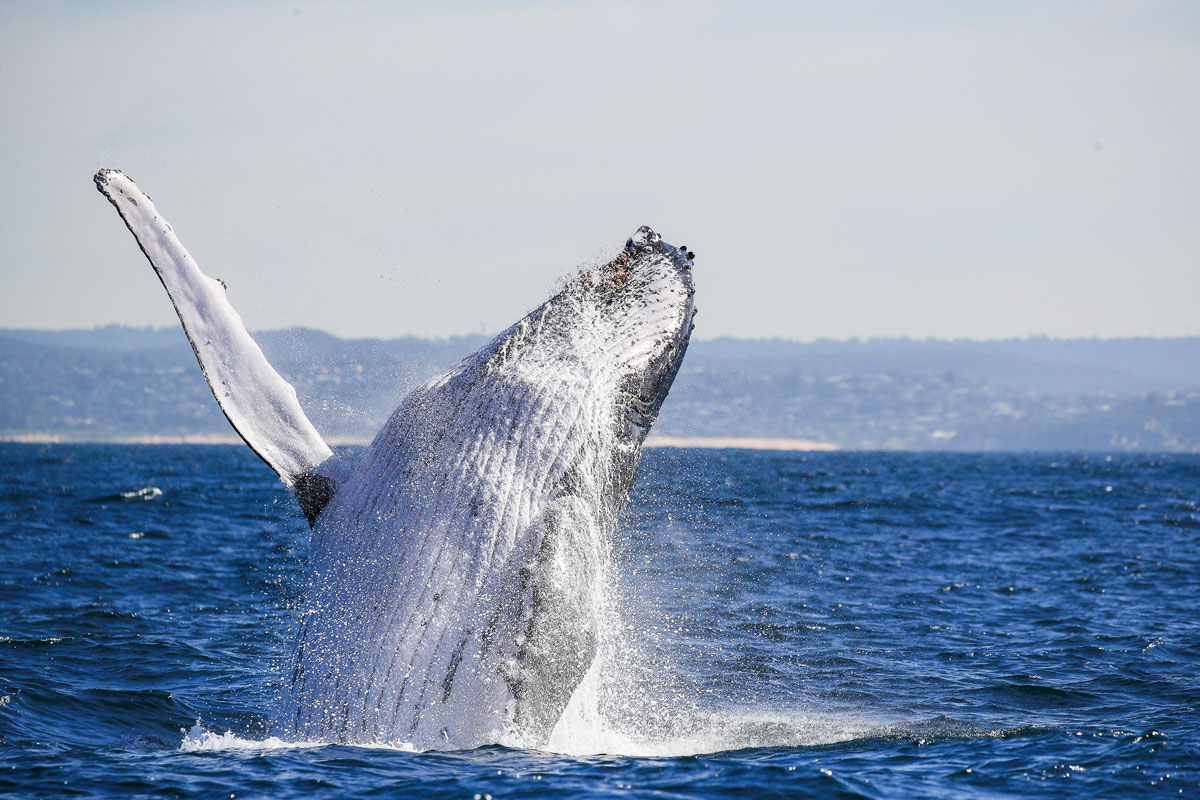
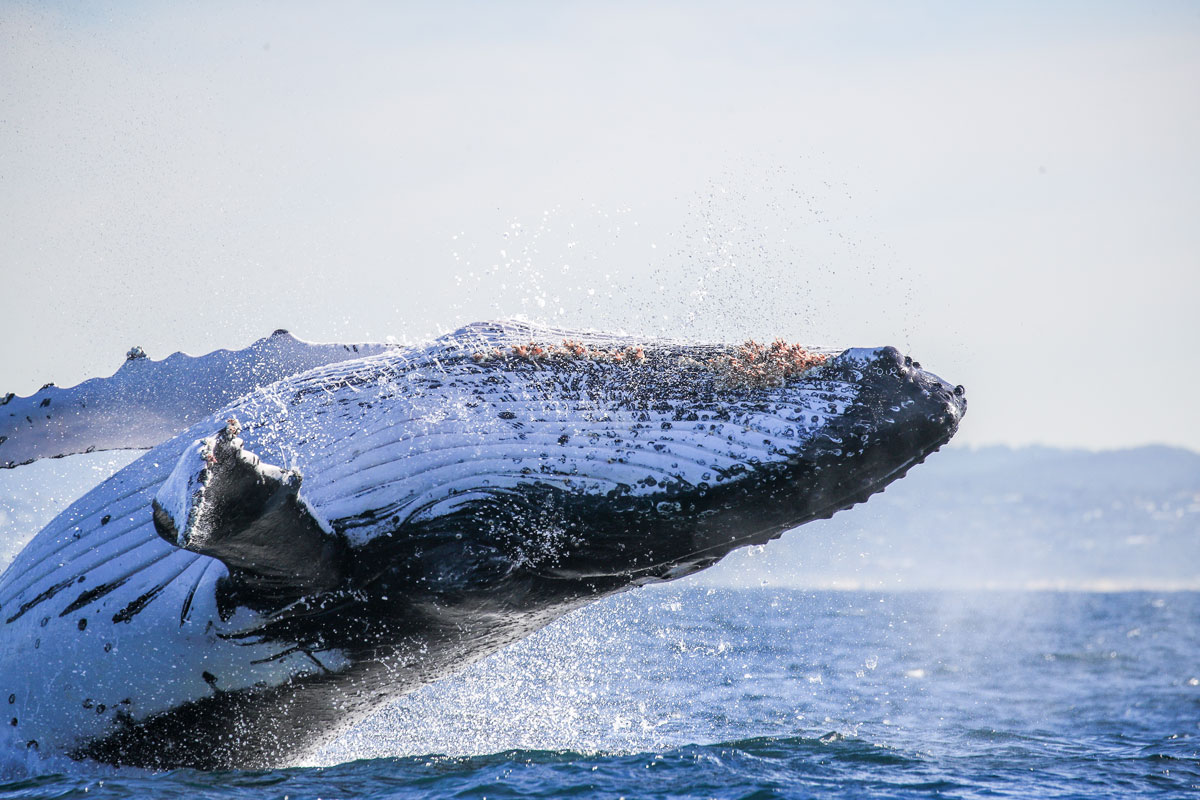
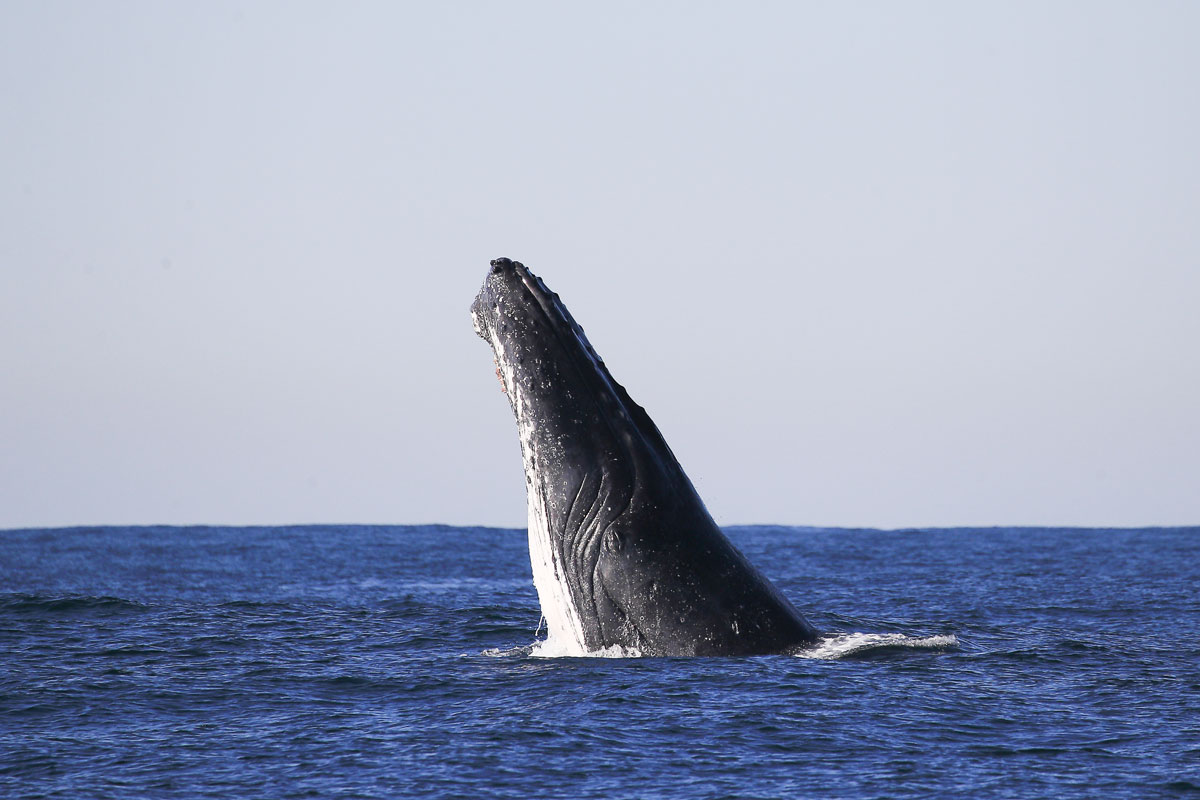
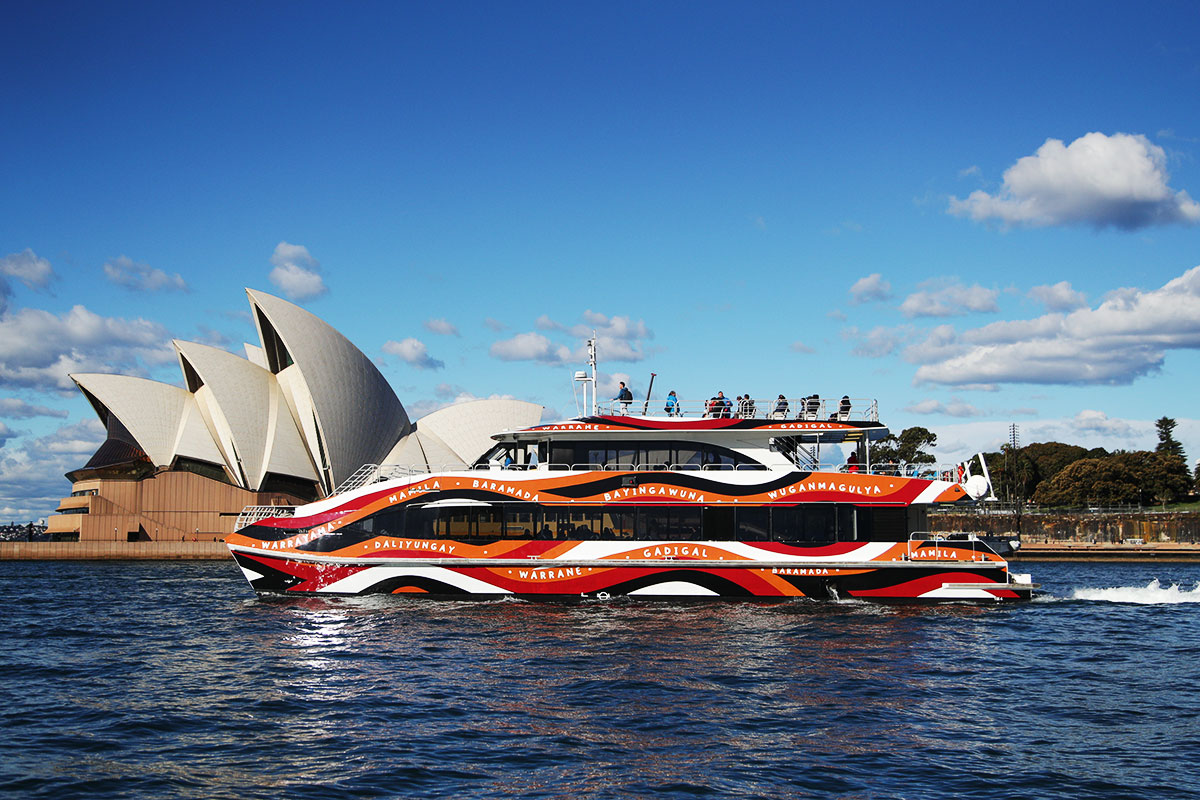
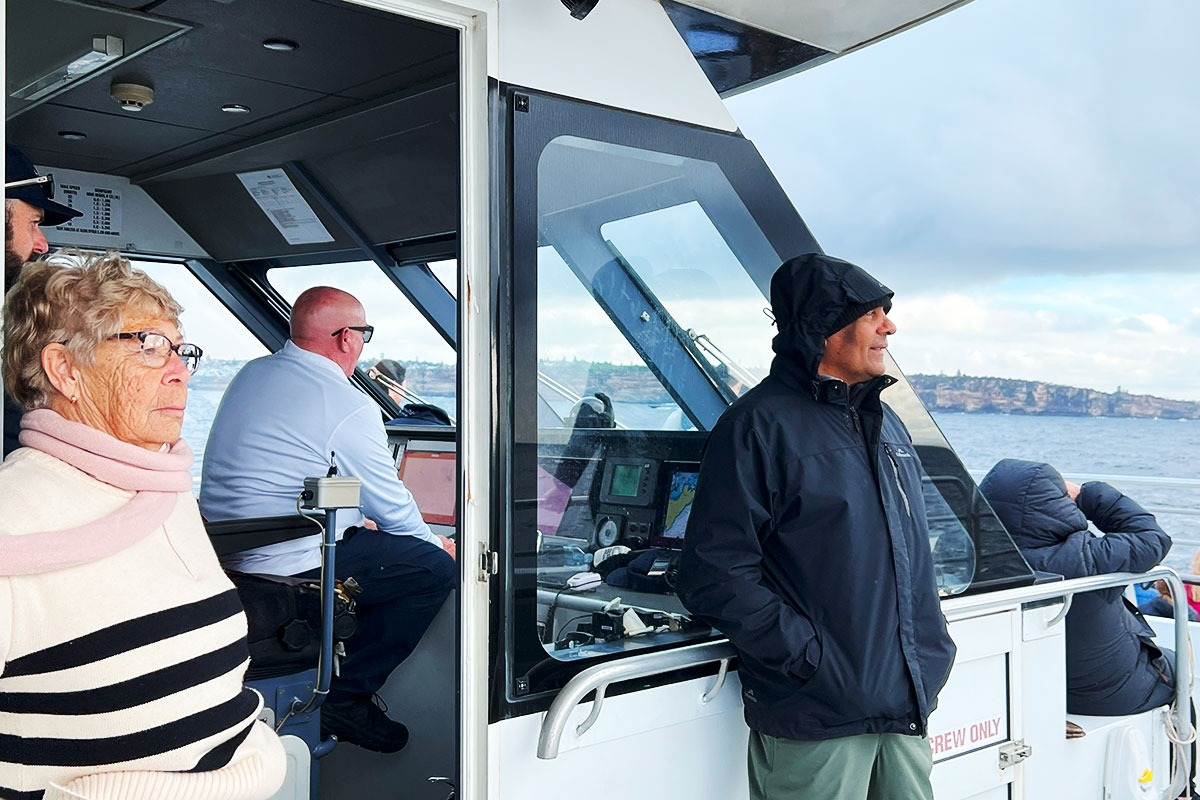
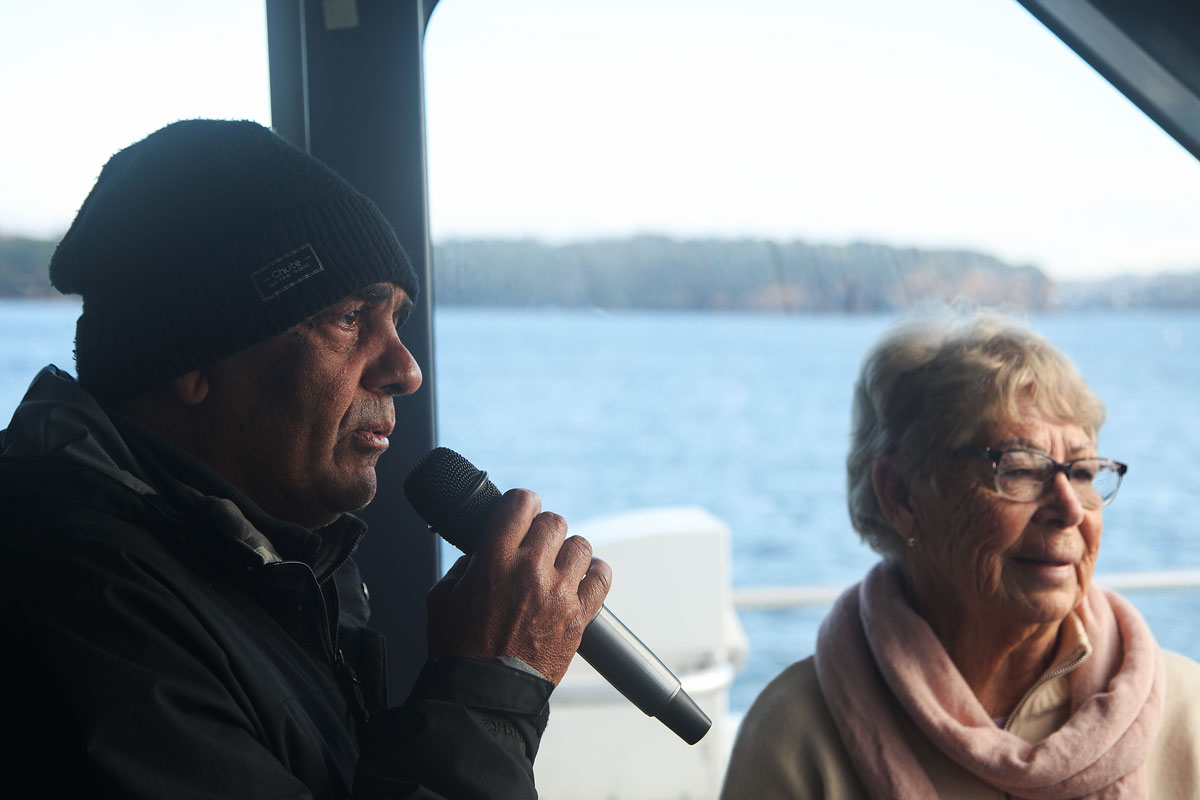
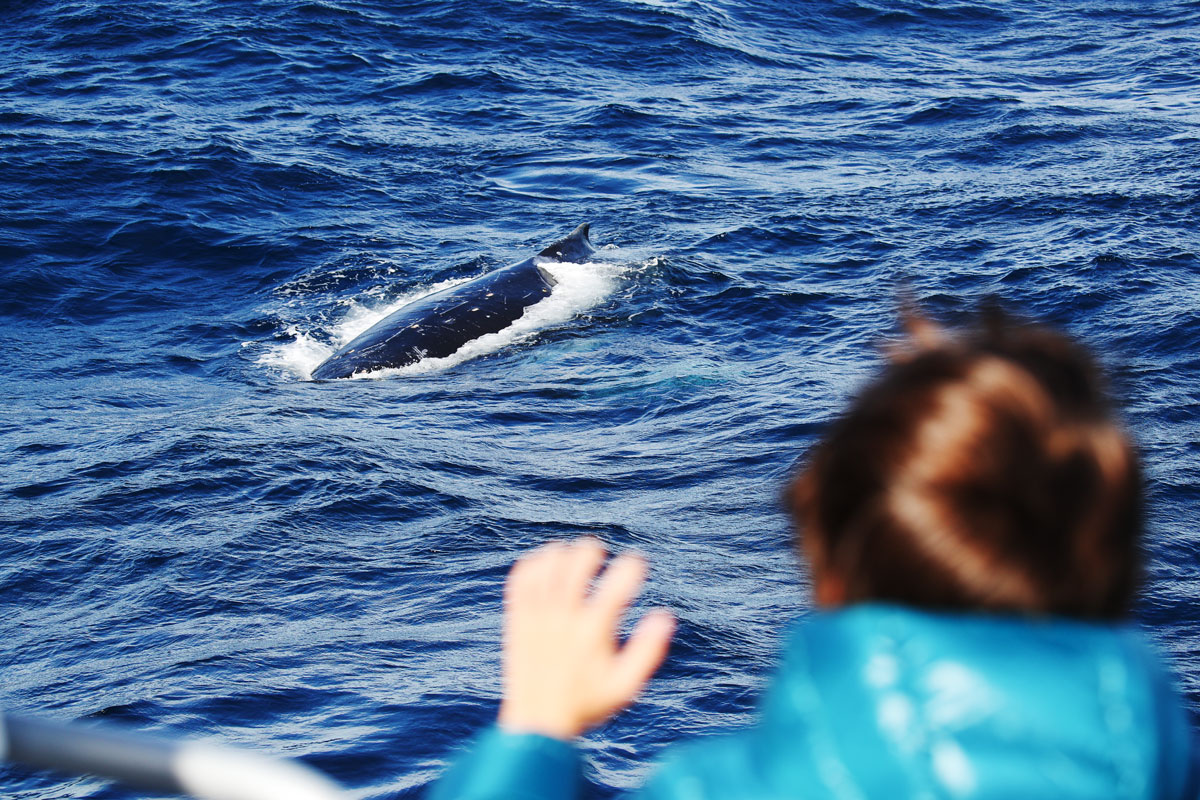
The vessel received a new livery for the NRMA’s centenary in 2020. The striking wave-like design is by award-winning Gomeroi artist Warwick Keen and includes the names of Indigenous clans from around Sydney Harbour. Whales hold significance in Aboriginal culture, as indicated by the many whale rock engravings along Australia’s east coast, so I’m delighted this cruise has a NAIDOC week component.
Cultural guide, Dean Kelly, and Elder, Aunty Barbara Simms, are both saltwater Yuin people and share several ancestral stories with us. One tells how whales once lived on land but requested permission from the Elders to live in the sea to look after the food and medicines there. The Elders agreed on the condition the whales would give themselves back to the people to share cultural lore. Beached whales are believed to be these ancestors. They drew clans together to feast, hold ceremonies, and trade and share the valuable resources of whale meat, fat and bones.
The humpback migration also marks seasonal changes for First Nations people, and they celebrate the whales’ arrival through song and dance. When we spot our first whales Dean sings a hauntingly beautiful song, wishing them safe passage. He explains there is a different song for each direction of travel.
“We sing them up, then sing them back,” he says. Aunty Barb’s totem (spiritual ancestor) is the whale, and she says their migration parallels our journey through life, to travel, meet others, find partners and give birth.
Whaling, which commenced here in the late 18th century, became one of Australia’s first primary industries. After decimating the populations of right and blue whales, humpbacks were targeted, and Australian and New Zealand stations killed around 40,000. Illegal whaling, mostly by the Soviet Union in the Southern Ocean in the 1950s and 1960s, reportedly killed another 48,000 humpbacks. It’s thought the east coast population was between 100 and 400 individuals when the International Whaling Commission banned humpback whaling in the Southern Hemisphere in 1963. Whaling continued in Australia until 1978 though, mainly targeting sperm whales.
It’s heartening to hear of the humpback recovery. The east coast population is now thought to be about 40,000 and increasing around 10 per cent a year. Onboard photographer Ted Lamb, who has previously shot whales in British Columbia, says the best thing about photographing humpbacks in Sydney is the sheer numbers.
“That we can almost guarantee seeing whales is incredible. It’s one of the only places in the world that has this population and access,” he says. “When a whale breaches once, chances are it will breach again, so always keep watching.”
A full breach is technically when a whale thrusts more than half its body from the water, though sometimes, like our whale today, they propel their whole body skywards. It’s a phenomenal feat considering humpbacks grow to around 16 metres in length, the size of a bus, and weigh about 40 tonnes. To breach they use a huge muscle called the peduncle that runs from their dorsal fin to their tail.
Today’s acrobat, with half a dozen breaches already, appears to be young and its aerial antics are as captivating as watching a Cirque du Soleil artist. Is it practising? Is it showing off? Is it communicating? No one knows for certain.
In her book, Humpback Highway, wildlife scientist Vanessa Pirotta, a self-confessed ‘crazy whale lady’, says her PhD analysing whale snot – exhaled from whale blows and collected by drone – highlighted just how little we know about whales.
Breaching might be the holy grail for spectators, but other activities are equally beguiling, such as pectoral fin slapping, mugging (coming up to a vessel for a close look), spy-hopping (raising a head out of the water vertically to have a look around) and diving to expose tail flukes. During the northern migration, you might see large groups of males travelling together on a ‘heat run’ – competing for a female – and see mothers with calves on the return journey.
And it’s not just humpbacks you could see on a cruise. Dolphins, seals, seabirds and other whale species can make an appearance. Sometimes Migaloo, the famous white humpback, is seen along the highway.
I lose count of our humpback’s aerial manoeuvres as eager passengers crowd the rails for a view, but it’s apparently 24 breaches and head lunges. “It’s not every day you see this,” says a beaming Jason, rating it 10 out of 10.
Whale Watching Sydney has 2-3 hour cruises and offers a 20 per cent discount for NRMA members. To book or for more information, visit whalewatchingsydney.com.au.